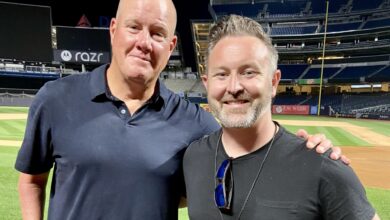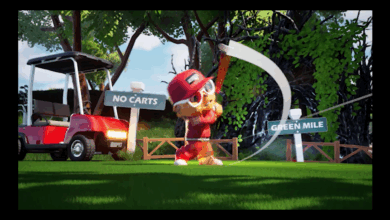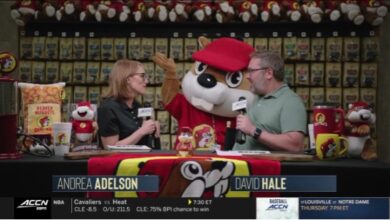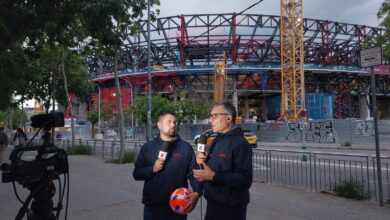Researchers put to the test during ESPN’s NFL Draft coverage
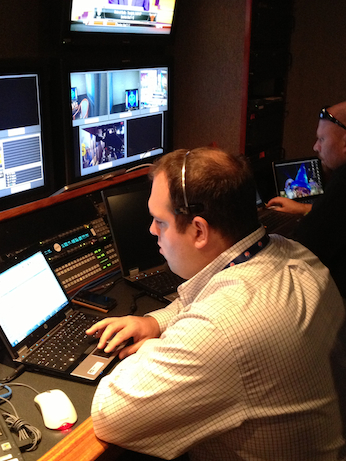
The phrase “there’s no ‘i’ in team” is referenced often in sports.
When it comes to ESPN’s coverage of the NFL Draft, this idiom certainly rings true, especially within the research department.
Throughout ESPN’s three-day telecast (April 25-27), an eight-person research crew will be involved in the event, both at New York’s Radio City Music Hall and at ESPN’s Bristol, Conn. headquarters.
Senior researcher Jason Vida, who leads the group, discussed with Front Row the role his team plays in making ESPN’s 34th consecutive NFL Draft telecast a success.
What will ESPN researchers be doing at Radio City Music Hall?
The first night of the draft, which is the biggest production, we have two researchers on the main set, as well as a representative from the Elias Sports Bureau. They run cards to Chris Berman (which might contain biographical notes on draft picks, information on a team’s drafting history and/or overall draft trends), they answer questions from Mel Kiper and Jon Gruden on the set, and we have another researcher stationed with Adam [Schefter] and Mort [Chris Mortensen].
I am in the truck, looking at all the graphics we’re putting on air, double checking them. There is also a pick-by-pick e-mail chain that we try to get out to as many people as possible — approximately 300 or more, including commentators, field producers, news editors and the Stats & Info team. We’ll send our best information hopefully after every pick throughout the first round.
How does this event differ from other NFL shows?
For Sunday NFL Countdown, I feel like we’re dealing with a lot of players and teams people already know. In the draft, especially this one where there aren’t the names at the top that you’ve been following in college for three or four years, it’s more of an introductory thing. You might not know this really good cornerback from TCU who’s been under the radar for a couple years, but we can explain to you why he fits well with a particular NFL team. Our work can help make the entire draft even more compelling.
What’s your biggest challenge?
My biggest challenge is trying to get in the head of teams as they’re making selections. Sometimes it’s easy. Last year, the two teams that finished 31st and 32nd in the league in defense each took defensive players with their first six picks. That’s pretty easy. A lot of people can make that connection.
Sometimes it’s a little more complicated. I think it was in back-to-back years, maybe 2010 and 2011, the [Tampa Bay] Buccaneers took defensive linemen with their first two picks in both drafts. Defensive linemen might not show up on the stats sheet, but the Buccaneers were last in the NFL in yards per rush inside the tackles — where defensive linemen are most likely to line up. So that was a time when you really need to put on that GM hat and say, why do we think this team is making this pick?
What item can you never do without?
Definitely my iPhone. When your job is to be an information maven, there are so many times when you’ll get a question or you’ll need to know something and you’re not sitting in front of a computer. I say this all the time: Even if I’m 99.99 percent sure that this is the answer, it’s so great to be able to just pull out my phone and double check. It’s funny because I’ve only had it for two or three years, but it’s become like another appendage.

